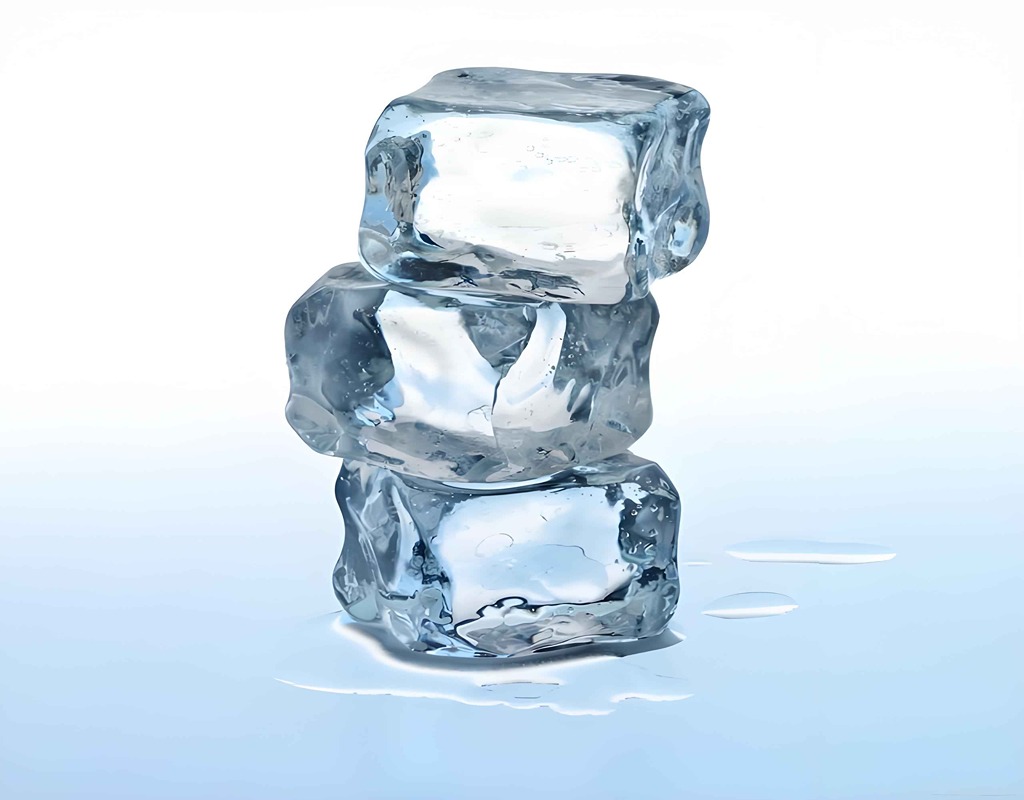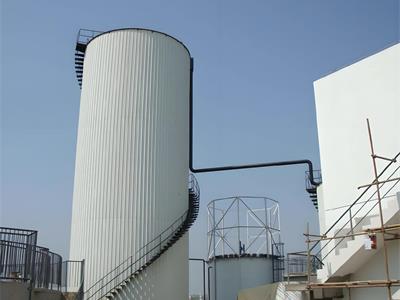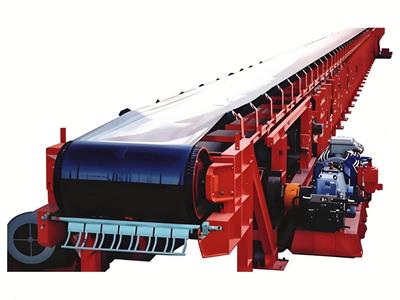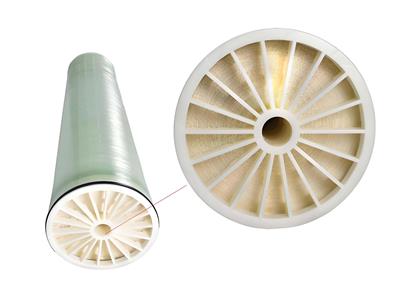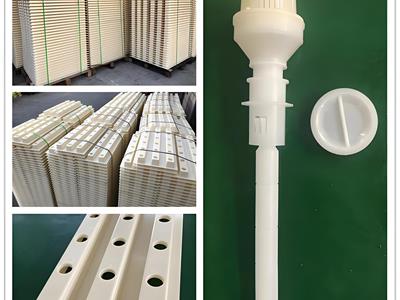- 2025-07-16
Ice Making
Ice-making water treatment | Reverse osmosis technology
Ice-making water treatment ensures the cleanliness and safety of water sources through a multi-stage purification process, eliminating the impact of impurities on the quality of ice products.
Core solutions:
Customized purification system
Deionized water system
Industrial-grade filtration system
Standardized treatment process
Primary filtration
The raw water is filtered through multiple layers of filters to intercept suspended particles and sediments, improving the transparency of the water body.
Sedimentation clarification
The water flows into the static tank, and the impurities with larger specific gravity naturally settle at the bottom, and the surface clear water enters the next stage.
Deep disinfection
Using chlorine preparations, ultraviolet rays or ozone, three mainstream technologies are used to completely inactivate bacteria, viruses and other microorganisms.
Precision purification (optional)
Reverse osmosis system: For high-mineral water sources, soluble salts and heavy metals are filtered out through semi-permeable membranes
Activated carbon adsorption: remove odor residues and organic compounds
Storage and transportation management
The treated water is stored in a special sterilized water tank and transported to the ice-making equipment through a closed pipeline. Regular cleaning and maintenance are carried out to prevent secondary pollution.
Note: The specific process needs to be adjusted according to local health standards, water source characteristics and ice product usage. It is recommended to consult the local regulatory authorities to obtain technical specifications.
Ice Maker Reverse Osmosis Water Application Guide
Q: Can the ice maker use RO pure water directly?
A: It can be used safely and can significantly improve the light transmittance of the ice body. The following operating points should be noted:
Pressure adaptation
The output water pressure of the RO system must be ≥ the rated value of the ice maker (usually 0.2-0.6MPa)
Low pressure will cause the ice making efficiency to drop by more than 30%
Water storage optimization
Select the water tank capacity to match the ice making capacity (recommended ≥ 1.5 times the daily output)
Clean the water tank thoroughly every month to prevent biofilm growth
Physical property regulation
Characteristics RO pure water performance Solution
Hardness Approaching 0 Add a remineralization filter
Ice structure Melting speed increased by 15% Mix in 10-15% tap water
pH Weakly acidic (5.8-6.5) Add food-grade pH adjuster
Technical tips: Regularly test the TDS value of the water (it is recommended to maintain 5-20ppm) to balance the hardness and transparency requirements of the ice body.

